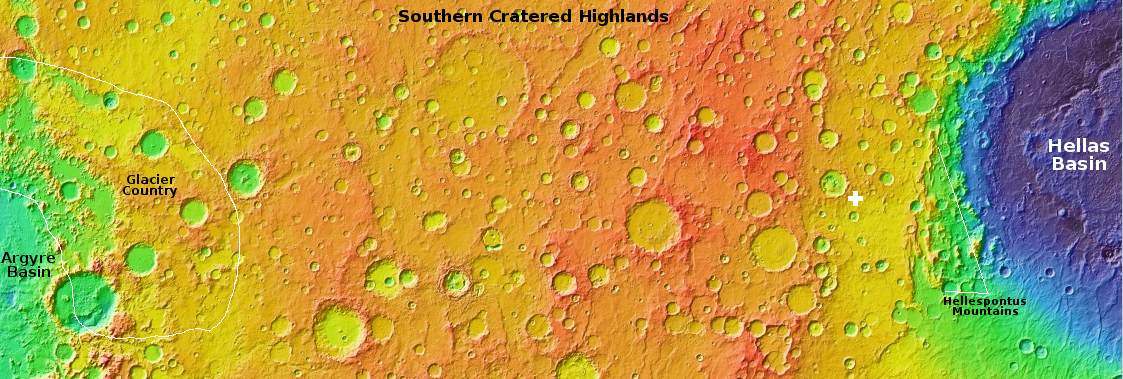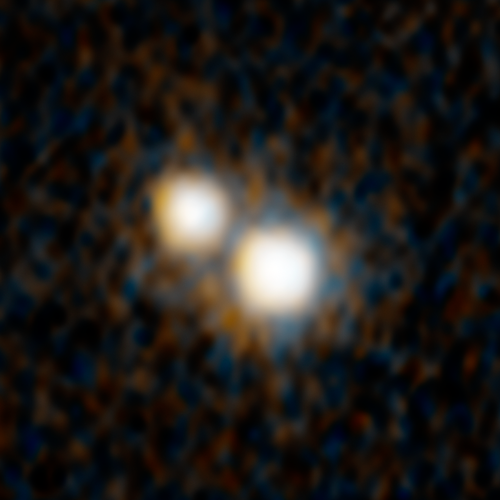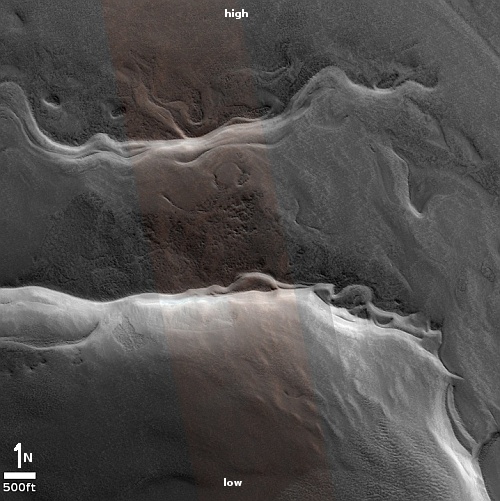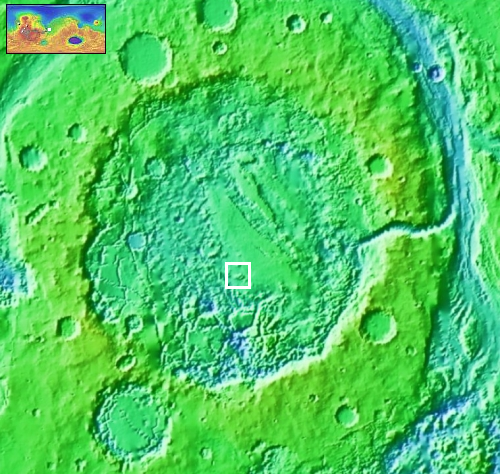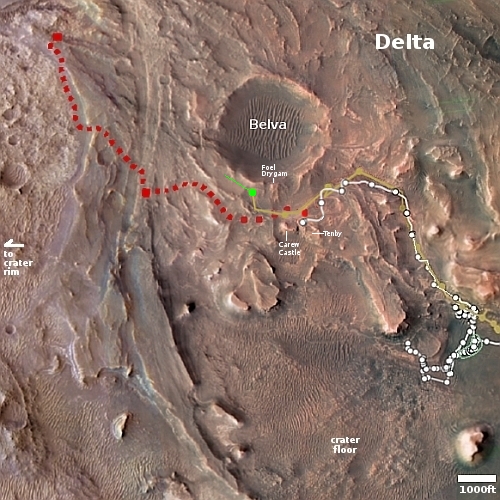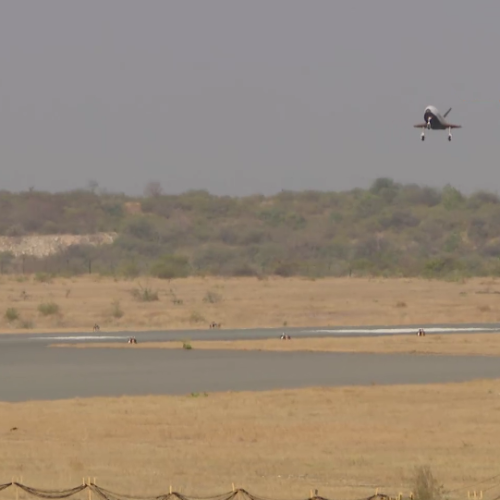The indictment of Donald Trump this week on bogus charges by a local New York Democratic Party machine politician, done for entirely political reasons, once again illustrates the ugliness of that party. Seems therefore appropriate to repost this August 2022 essay. The only thing that has changed since then an increase in the aggressive, vicious, and violent nature of the Democrats and their allies in the various LBGQTBIBOC etc queer and bigoted identity movements. They are acting with ever greater impunity, while we certainly have not seen any clear evidence that the decent population of the United States has risen up in outrage. Instead, it increasingly appears they are bowing their heads in fear, and letting the bullies win.
It also appears that even if decent Americans finally now step up with outrage, it will be too little too late. For far too long they slept, and now they reap the whirlwind.
The Democratic Party of thugs and goons

Will the Trump raid finally wake Americans up?
While the outrage and fury has only begun to rise over the unjustified raid of the home of former President Donald Trump yesterday by the FBI, ordered by Biden Justice Department with a warrant issued by an Obama-supporting judge with ties to Jeffrey Epstein’s child sex operation, nothing about that raid was anything new or startling. For the past seven years, since Donald Trump won the presidency in 2016, the Democratic Party and its supporters have increasingly acted like Nazi storm-troopers, willing, able, and eager to crush their opponents at every opportunity, and to do so cruelly and with great viciousness.
I therefore ask, shouldn’t we have exhibited the same amount of rage and fury for the hundreds and hundreds of ordinary Americans these same thugs have harassed and ruined since 2016? Why did it take a raid on Trump to finally bring that rage to the forefront?
Two Americans committed suicide because of Biden administration persecution after they dared protest the questionable election of Joe Biden on January 6th. What about them?
Scores of conservative FBI agents in the past two years have been fired from their jobs, simply because they did not agree politically with the Democrats. What about them?
What about the arrest by the FBI of a Republican candidate for Michigan governor, simply because he had also protested on January 6th the questionable election of thug Joe Biden? Or the threats of violence and murder against Supreme Court justices by leftist Democratic Party allies?
What about the effort by Biden’s labor board to shut down the conservative outlet The Federalist, simply because its founder sent out an anti-union joke?
What about the former Trump lawyer whose career was destroyed, simply because he was a former lawyer of Trump?
These stories are only a small sampling of the political abuses of power exercised by Democrats and the Biden administration time after time against their political opponents in just the last eighteen months. The list is long and painful to read.
» Read more


